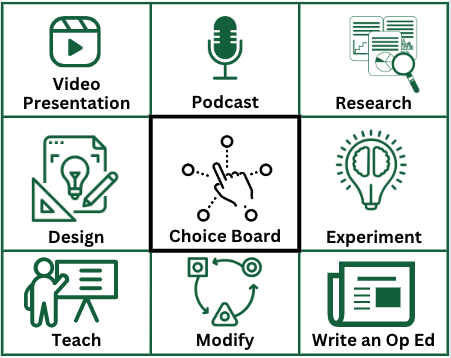Leveraging Peer Feedback in an Online Environment
When students take courses in-person, they often find at least one friend in the course with which they discuss the course, the assignments, give feedback to one another, and so on. With the shift to remote delivery, students might have more trouble finding someone to connect with on their own.
This post explores how you can introduce peer feedback into your course to ensure that your students have a chance to share their work and receive feedback from peers. In the best cases, they might even form friendships, but another benefit of using peer feedback is that the quality of student work usually increases, which can make your marking much more enjoyable.
There are a few different approaches that could be taken to implement peer feedback, but the most common method is to use the discussion board. Below are the steps of what you’ll want to think through if you’re planning to use the discussion board for this:
- The first thing is to decide on what assignment(s) you want to include peer feedback.
- The second step is to determine a reasonable timeline for the peer feedback. This can be tricky in spring and summer courses, as assignment due dates usually come fast and furious! For example, if you want the assignment submitted to you on Friday, students should be sharing their drafts for peer feedback no later than Wednesday (but Monday or Tuesday would be best). There needs to be time for peers to provide the feedback and for the student to implement the feedback before submitting.
- The third step is to decide on which students will provide feedback to one another. It is overwhelming to ask students to review the work of all of their classmates. Instead, you will want to assign pairs or small groups. You can implement this in your course by either formally using the Peer Review tool in Canvas, formal Groups in Canvas, or you can create forums for each pair or group. There are pros and cons to each of these approaches
- If you use the formal Peer Review tool or formal Groups in Canvas, only students in each group will see the assignments, discussion, and feedback. This limits the ability to see a really wide variety of their peers’ work
- If you create different forums for your “groups” on the course discussion board, all students will still be able to see each other’s assignments, but should be instructed to only provide feedback to their group. Since everyone can see the feedback, students may be more guarded in their feedback
- The fourth step is to decide the format and instructions for the peer feedback
- Do you have a rubric created for the assignment? If yes, it would be great to ask the students to use the rubric when providing feedback
- Do you have a list of assessment criteria or expectations? In this case, formulate questions or areas of focus for the peers to consider when providing peer feedback
- Do you want the students to provide their own areas of focus for what they specifically want feedback on? You could instruct students to post their assignment along with questions for their peers to consider
- The last step is to implement this planning! Please contact the GMCTL or Distance Education Unit (DEU) for support.


